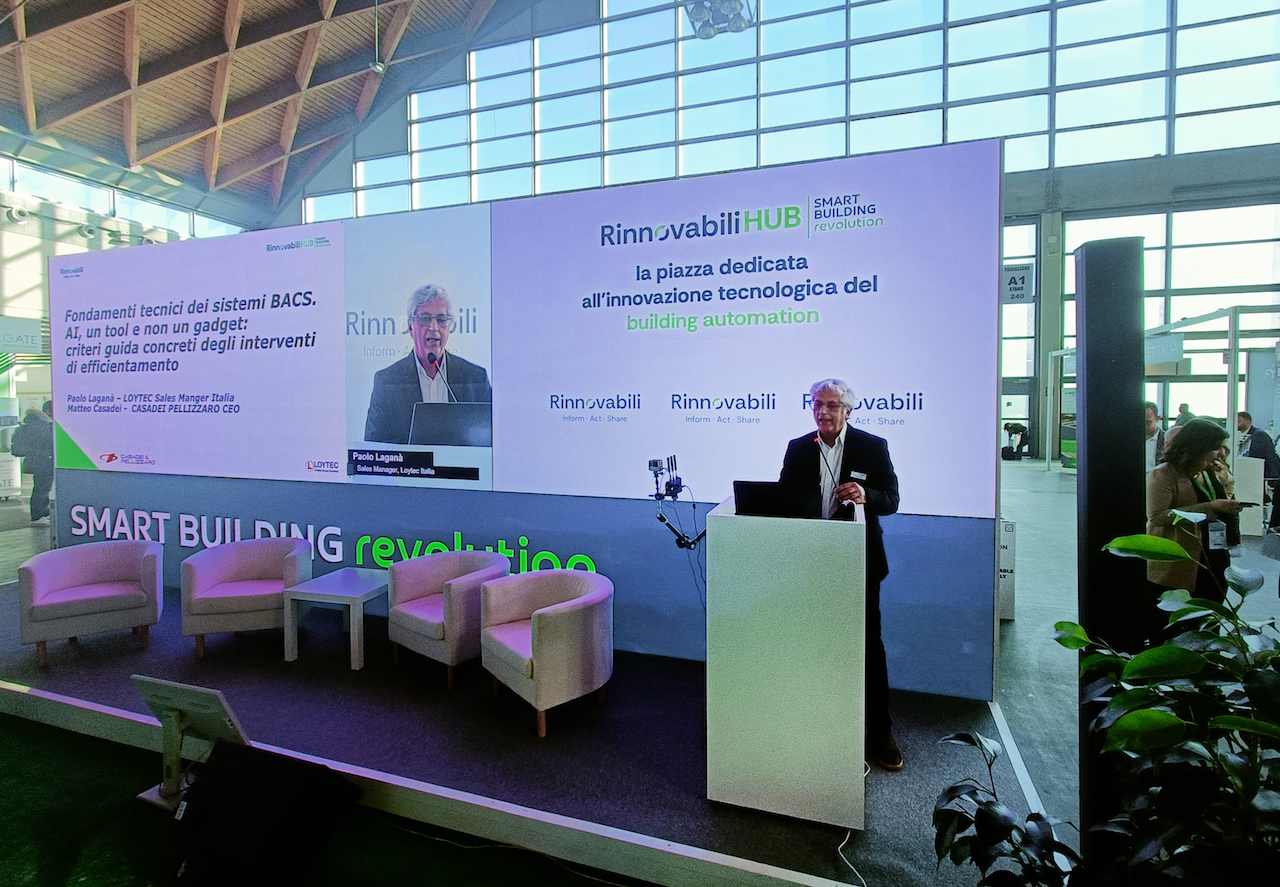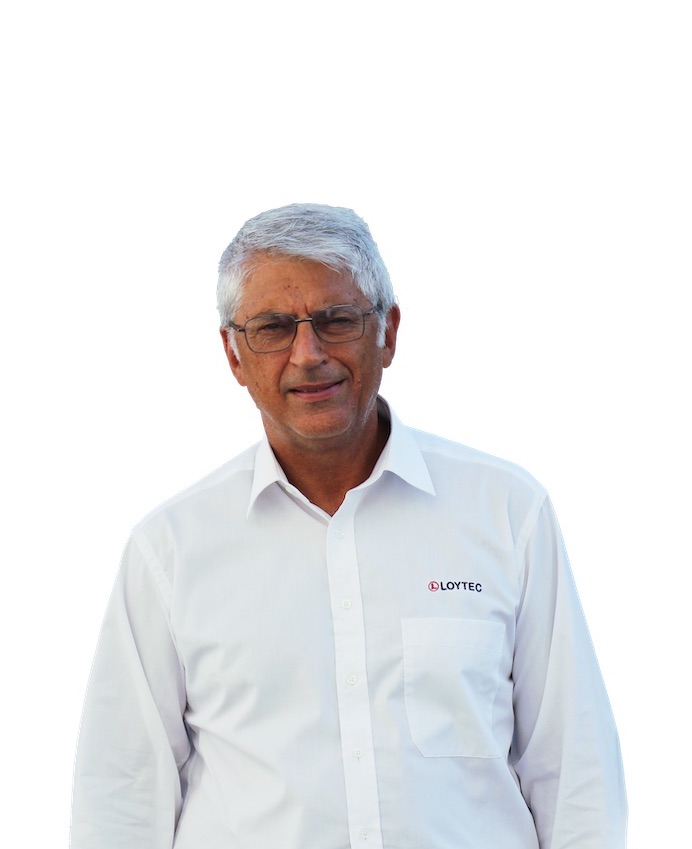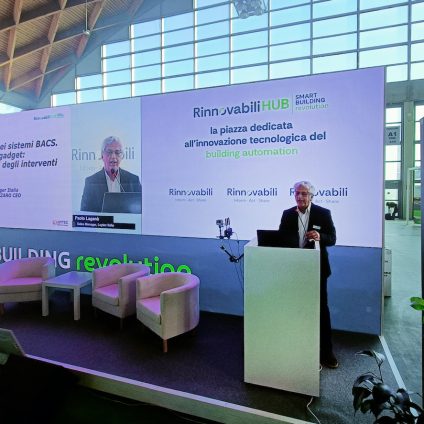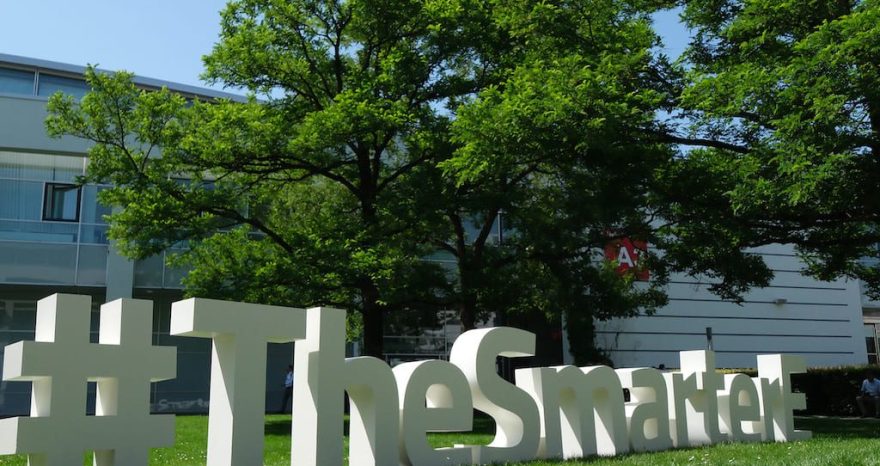Building automation control systems (BACS) play a crucial role in modern building management, from predictive maintenance to digital integration. Continuous monitoring is essential to ensure optimal system performance, improving efficiency and reducing energy consumption. Paolo Laganà, Sales Manager Italy at Loytec, shared his insights on this topic during an interview at Rinnovabili HUB 2025.

Building automation is experiencing significant growth, driven by the need for energy efficiency and improved living conditions. As the industry evolves, smart building technology is becoming a fundamental component in developing sustainable and intelligent buildings. Market trends are shaped by regulatory requirements, the need for building retrofits, and technological innovation.
Loytec is at the forefront of this transformation, offering integrated solutions for building control, management, and energy optimization. During Key – The Energy Transition Expo 2025, at the Rinnovabili HUB, we had the opportunity to discuss the current state and future of the sector with Paolo Laganà, a building automation expert and professional at Loytec.
What are the main trends driving the transformation in smart building technology, according to Loytec?
We are in a phase of rapid evolution, partly driven by regulations that make building automation almost mandatory. The concept of smart buildings is now central to the industry. At the same time, many buildings must adapt to new requirements.
One major factor is retrofitting. Many buildings are reaching the end of their technological life cycle and require upgrades. This is happening across Europe, not just in Italy. Technological advancements have accelerated the process, making solutions that were cutting-edge 15 years ago obsolete or even lacking spare parts.
Interestingly, European countries that adopted building automation earlier are now facing greater challenges than Italy. While automation is not yet widespread in most Italian buildings, other countries are already dealing with the obsolescence of their initial technologies. In some ways, Italy’s delayed adoption could be an advantage, allowing us to implement more advanced solutions from the outset.
Building Automation Control Systems (BACS) are essential for optimizing energy performance. What is their key role in the evolution of smart and sustainable buildings?

Today, monitoring is a critical aspect of BACS. While automation and system optimization remain their primary function, continuous system verification is essential. This is where predictive maintenance becomes crucial.
Monitoring an automation system allows for evaluating its effectiveness and identifying potential anomalies. A building that appears to function optimally can only be confirmed through consistent data analysis. For example, energy consumption should align with the building’s size, average temperatures, occupancy rates, and other reference parameters.
Although these indicators are not always absolute, they provide a comparative benchmark. Daily performance monitoring helps detect fluctuations in consumption and adjust energy management in real time. This is especially relevant today, as energy efficiency awareness continues to rise.
Another critical factor is the use of weather forecasts for HVAC system optimization. However, traditional climate models are becoming less reliable due to global climate change. Historical data analysis must be continuously updated to reflect new conditions. On a local level, variations can be difficult to predict, making monitoring an essential activity.
To draw a comparison, think about a car’s fuel consumption. Knowing how much gas is in the tank isn’t enough; it’s essential to understand whether consumption aligns with expectations. An unexpected increase in fuel usage often signals an issue. The same principle applies to buildings: only through continuous monitoring can we ensure proper system functionality and efficiency.
Digitalization is becoming a cornerstone in building management. How does Loytec contribute to energy efficiency through integration with other digital technologies?
Now more than ever, the key requirement is seamless communication between systems. There are at least ten widely used communication protocols, and any new subsystem tends to include an open protocol.
A significant example is electric vehicle charging infrastructure. Manufacturers have collaborated to define a common protocol for standardized data transmission regarding charging station status. Proprietary and closed systems would have hindered data collection and management, leading to inefficiencies.
At Loytec, we closely follow these developments. Whenever a new protocol emerges, we integrate it into our devices. A key differentiator in our approach is that we provide these drivers for free through software updates. This is not an additional paid service but a value-added feature that ensures our clients stay aligned with industry advancements.
From a technical standpoint, despite the large number of protocols, the cabling systems that support them are limited to two or three main types. This allows multiple protocols to run on the same cable, simplifying integration and interoperability between systems.
How are artificial intelligence (AI) and machine learning (ML) shaping smart building technology? How is Loytec using AI and ML to enhance its solutions?
AI and ML present a major challenge for manufacturers, but the real challenge lies with developers. They possess the expertise and skills to create effective algorithms.
AI itself is neither good nor bad; it is a tool that must be properly trained. If trained well, it can bring significant benefits; otherwise, it can cause issues.
At Loytec, our role is to provide the infrastructure for these algorithms to operate. We leave it to industry specialists to develop and refine the models.
This technology is constantly evolving. We are at the beginning of a rapidly accelerating journey that will require ongoing adjustments. Devices designed for advanced computing will need to be reimagined and optimized to effectively manage AI.
Another crucial issue is cybersecurity. New cybersecurity regulations are essential for ensuring protection, but they also introduce operational challenges that have yet to be fully explored. The industry must strike a delicate balance between innovation and security.
Looking ahead, what are the key innovations you foresee in smart building technology?
At Loytec, we are increasingly supporting solutions that go beyond simple environmental control. Historically, we spoke of home automation, but today, with the development of control systems in apartments and offices, distinctions between different environments—such as hospital rooms, hotels, or apartments—are becoming less relevant for device developers.
In my view, control systems have evolved significantly in residential spaces, and in diverse environments, control devices, despite having specific algorithms for each case, are based on a standardized technology. As a result, Loytec is evolving its products to meet these new demands, rethinking devices that were previously outside our sector.
One exciting direction is the adoption of wireless technology, particularly Bluetooth Mesh, which is emerging as a new standard. Two years ago, solutions like those proposed by Vimar or other home automation manufacturers seemed unlikely, but today, they are becoming a tangible reality.
Wireless systems are crucial for new installations in existing buildings. Integrating measurement and control devices into pre-built spaces requires practical and efficient wireless solutions. Our goal is to promote the adoption of technologies like Bluetooth Mesh, which are not only emerging but also backed by established companies such as Vimar, ensuring reliability and consistency for the future of smart building technology.












